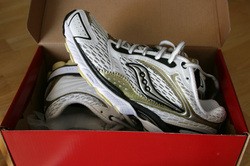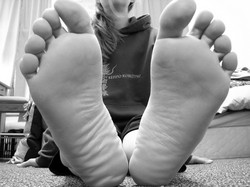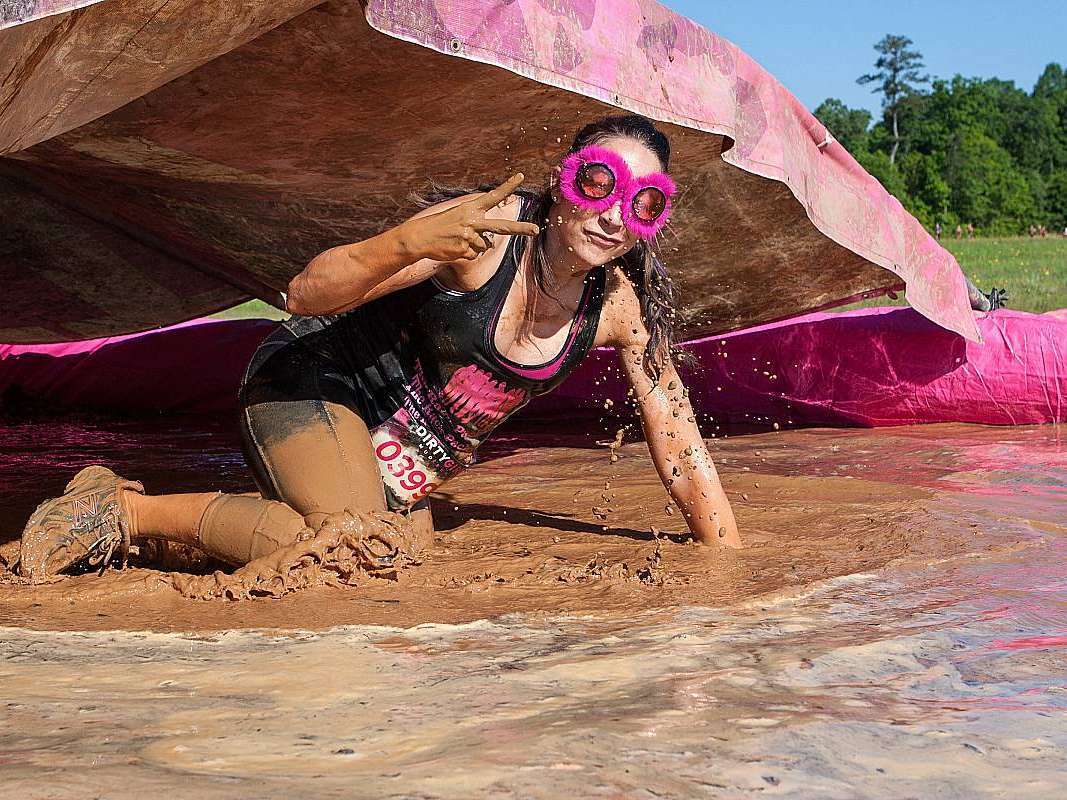 Yesterday was a long run day for me, which meant 15 miles. Afterwards, I felt it mostly in my feet; a mild flair up of Plantar Fasciitis.
Yesterday was a long run day for me, which meant 15 miles. Afterwards, I felt it mostly in my feet; a mild flair up of Plantar Fasciitis.
Whether it’s maintaining the proper energy-saving freestyle kick, climbing hills on the bike, or pounding the pavement on your run, triathletes put a lot of demands on their feet. Out of the 3 components of triathlon, running is the hardest on your feet.
Choosing running shoes can be difficult, as well. Here are some things you should know about running shoes for triathletes.
How We Run
Running is a complex and coordinated process that involves the entire body.
Every person runs differently, but there are aspects of the running motion that are common.
Running is executed as a sequence of strides, which alternate between the two legs. Each leg’s stride can be roughly divided into 3 phases:
- support
- drive
- recovery
Support and drive occur when the foot is in contact with the ground. Recovery occurs when the foot is off the ground. Since only one foot is on the ground at a time in running, one leg is always in recovery, while the other goes through support and drive. Then, briefly, as the runner leaps through the air, both legs are in recovery.
This High-Impact Sport Requires Good Shoes
Running is considered a high-impact sport or exercise, which means that the impact force of each running stride with the ground is a high force applied in a short period of time.
Though a bit exaggerated, it might help you to understand it better by comparing each time your foot strikes the ground to an earthquake or explosion.
That’s why one of the most significant things you can do to enable your feet to absorb the impact is invest in the right pair of running shoes. A good pair of running shoes is the most important equipment for any runner.
Learn About Running Shoes First
Purchasing whatever you find on sale is not going to cut it, and the decision of choosing your running shoes is more than just an issue of brand or style. There are multiple factors involved in purchasing the right running shoes for you, as a triathlete.
Before you go to a store to buy running shoes, educate yourself on what’s involved. One quick and easy way to do this is to read “Running Shoe Guide For Dummies,” which is broken down into 4 parts:
Frequently Asked Questions About Running Shoes
The Technology Of Running Shoes
Your Specific Needs In A Running Shoe
What Is Your Running Stride Like?
One of the most important factors in choosing a running shoe is the unique impact of your foot when it comes in contact with the ground.
Your foot is constantly in motion, adapting to the surface you are running on. The part of the foot that comes in contact with the ground on impact and how your foot rolls after the initial contact would technically determine the kind of shoes you should buy. For example:
- A “Heel Striker” contacts the ground first with their heel. Running shoes with cushioned heels would help lessen the shock and impact on contact.
- A “Mid-foot Striker” contacts the ground first with the middle portion or ball of the foot
- A “Toe Striker” first contacts the ground with the front of the foot close to the toes.
The point is to find a running shoe with cushion reinforcement in those specific contact-first areas of your running style.
What Are Your Feet Like?
 The type of feet you have is also a significant factor.
The type of feet you have is also a significant factor.
- A “neutral” foot type means your impact with the ground is evenly distributed on the foot.
- “Pronators” roll their feet inward too much — such that the impact on contact with the ground is unevenly distributed and more impact is placed on the inside of the foot. Motion control shoes would be ideal for a runner whose foot pronates.
- “Supinators” roll their feet outward more and impact is placed more on the outside of the foot. Stability shoes would be recommended.
Your running mileage and body weight are also factors in getting the right pair of shoes.
Find The Right Running Shoes For You
There are lots of available resources to help you identify the right running shoes for you. There’s a Foot Solutions store near where I live, which does a professional assessment of your feet and running style to determine the right running shoes and arch support you need.
A specialty running shoe store is likely the best place for a triathlete to purchase running shoes, especially for a newbie. Experienced personnel and professional assessments normally offered in such stores are worth the investment. Your feet will be glad you did.
There are so many options to running shoes. The main thing is choosing a shoe that is right for your unique needs as a runner. Runner’s World recently presented 27 new running shoes they felt were top of the line.
For the benefit of all runners, there are new shoe-improvement technologies applied to running shoes each year, in hopes of catching the eye of runners and triathletes. For example, Karhu running shoes promotes its ACS technology.
I’m over 40 years old, but I don’t give up easily. It wasn’t too long ago that I was exploring the idea of doing my first triathlon. If I can do it, you can too! I'm proof that with a little determination and training, you can get a great deal of fulfillment participating in marathons, triathlons… even ultramarathons.








